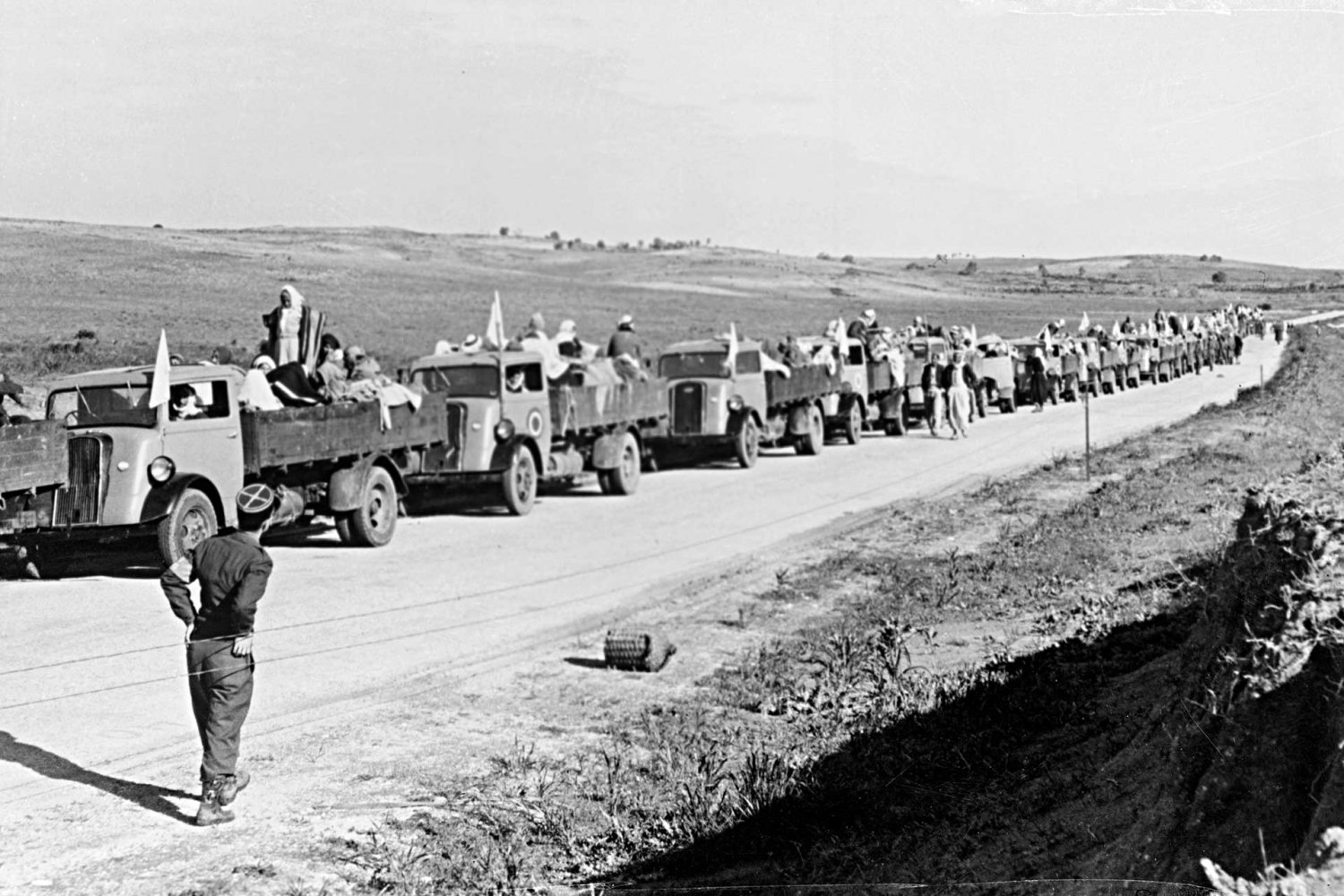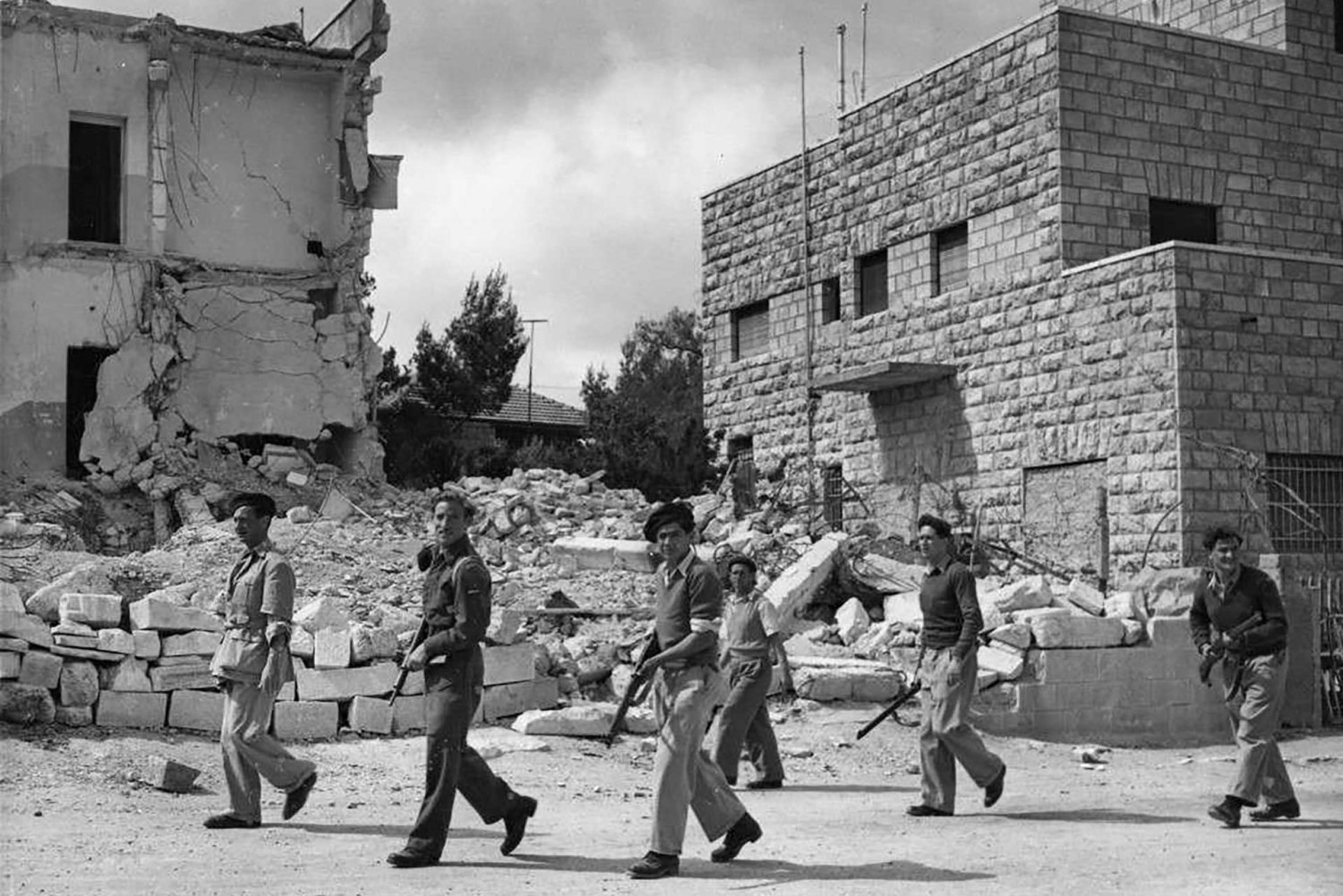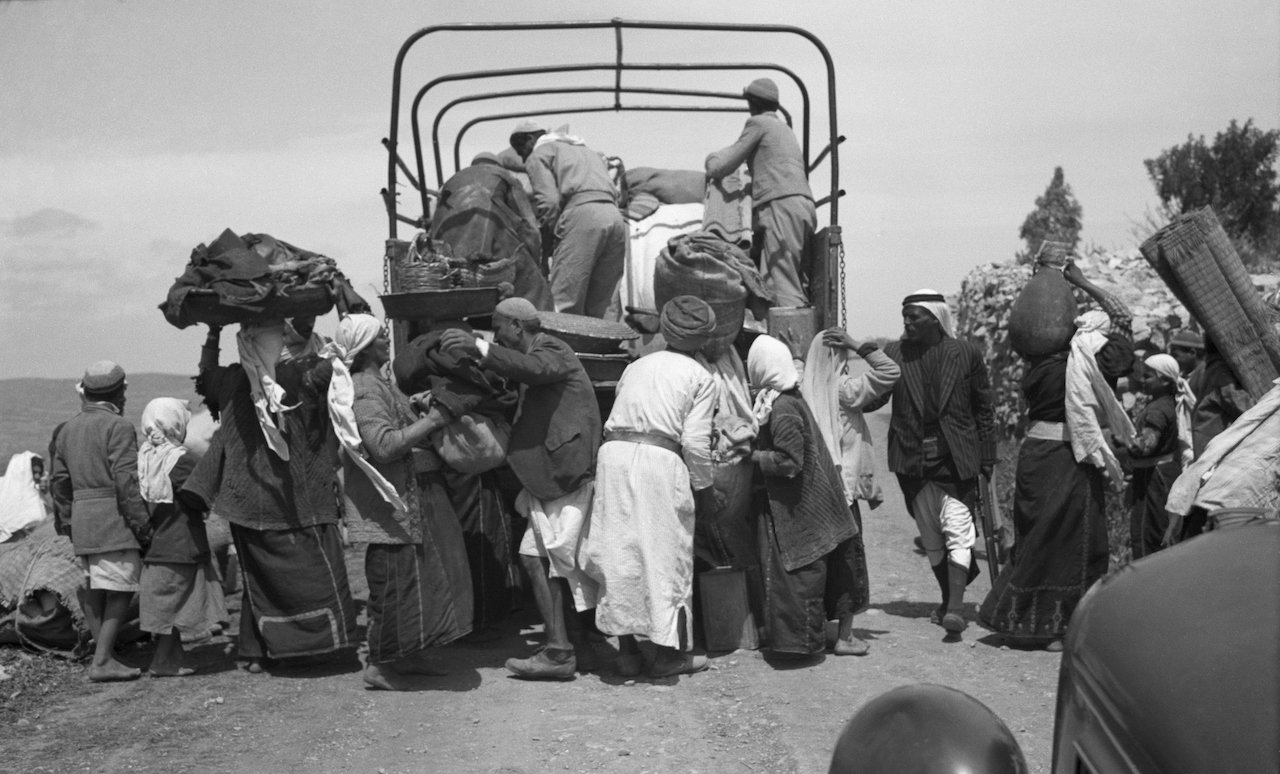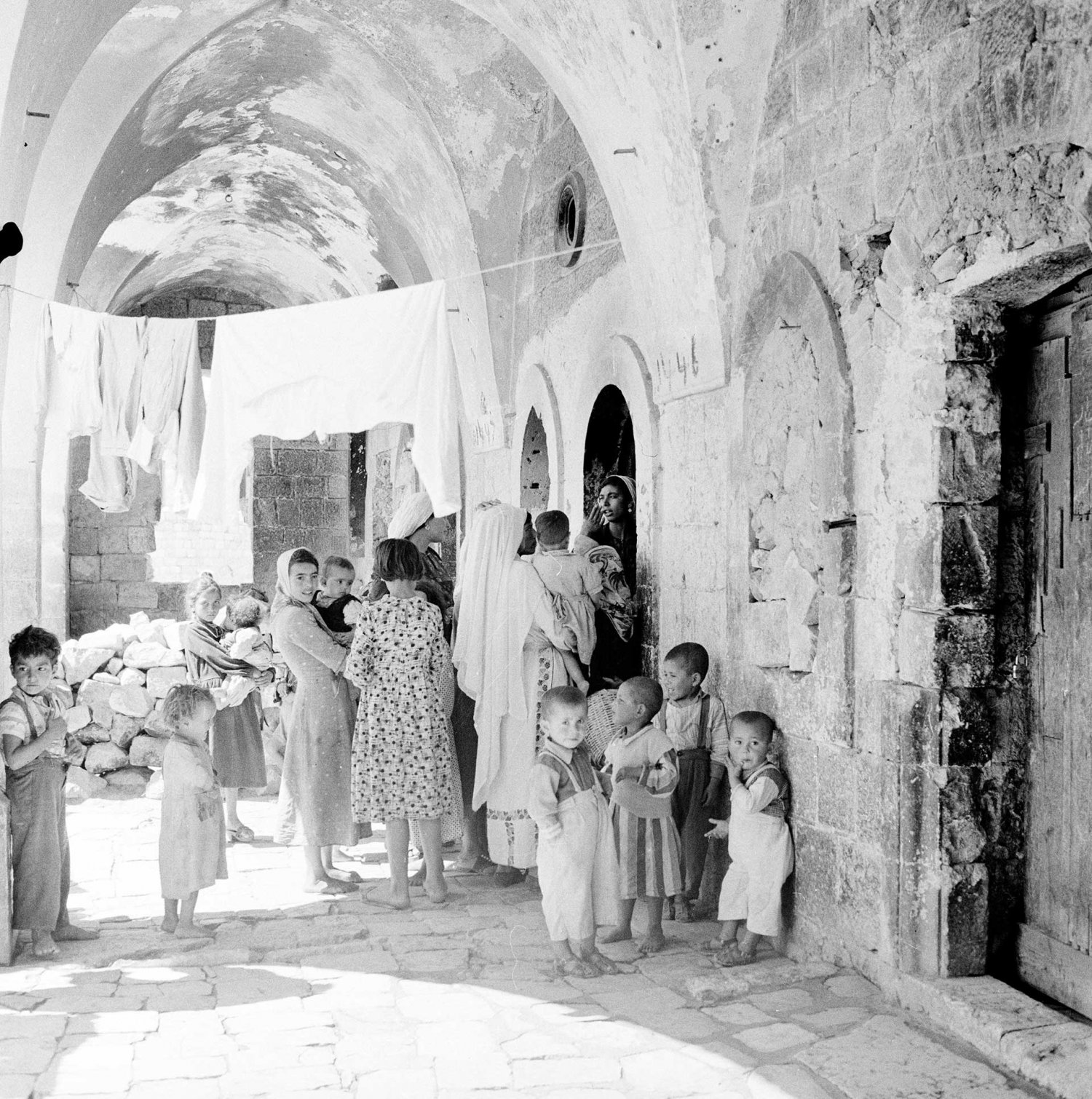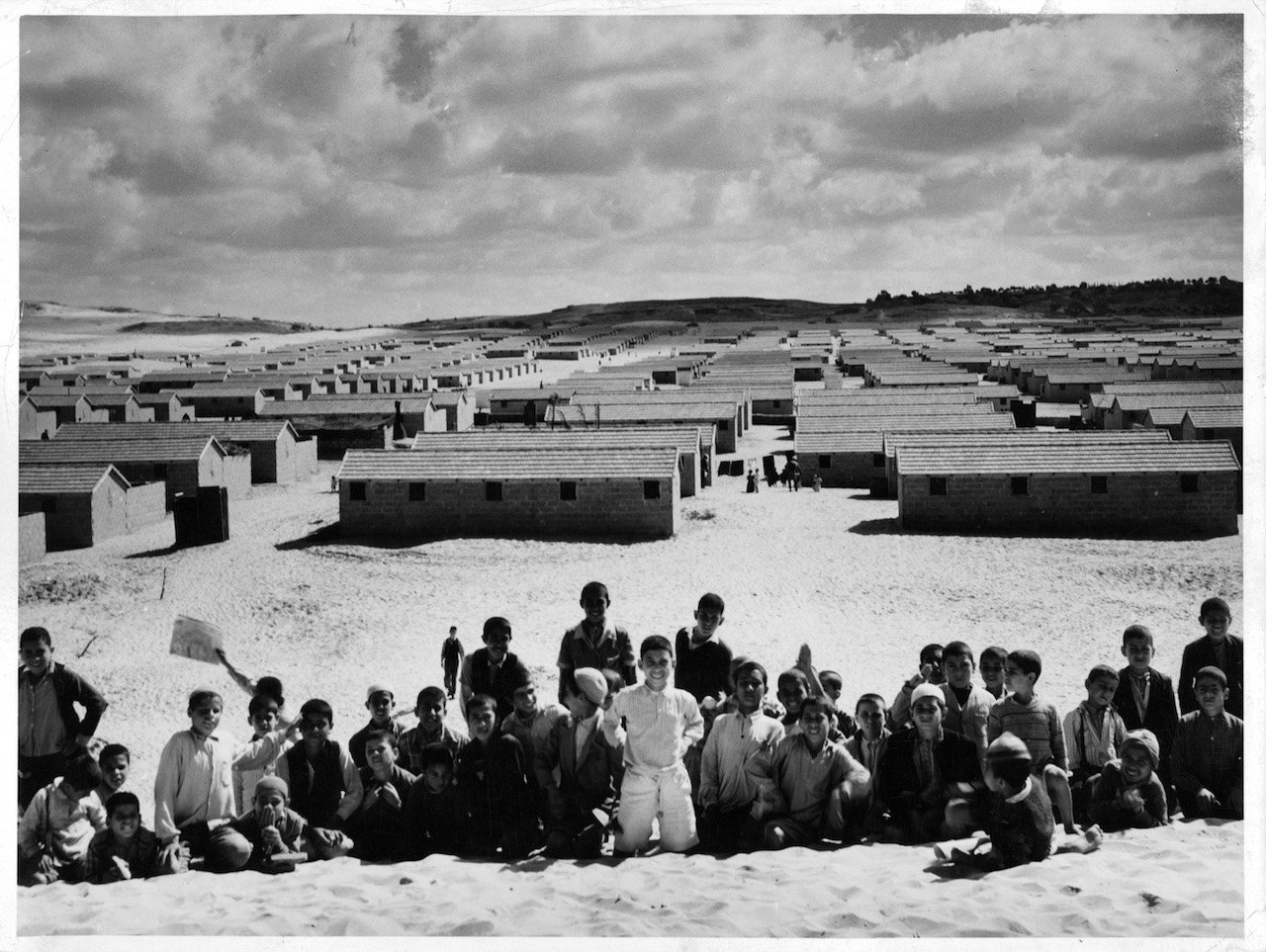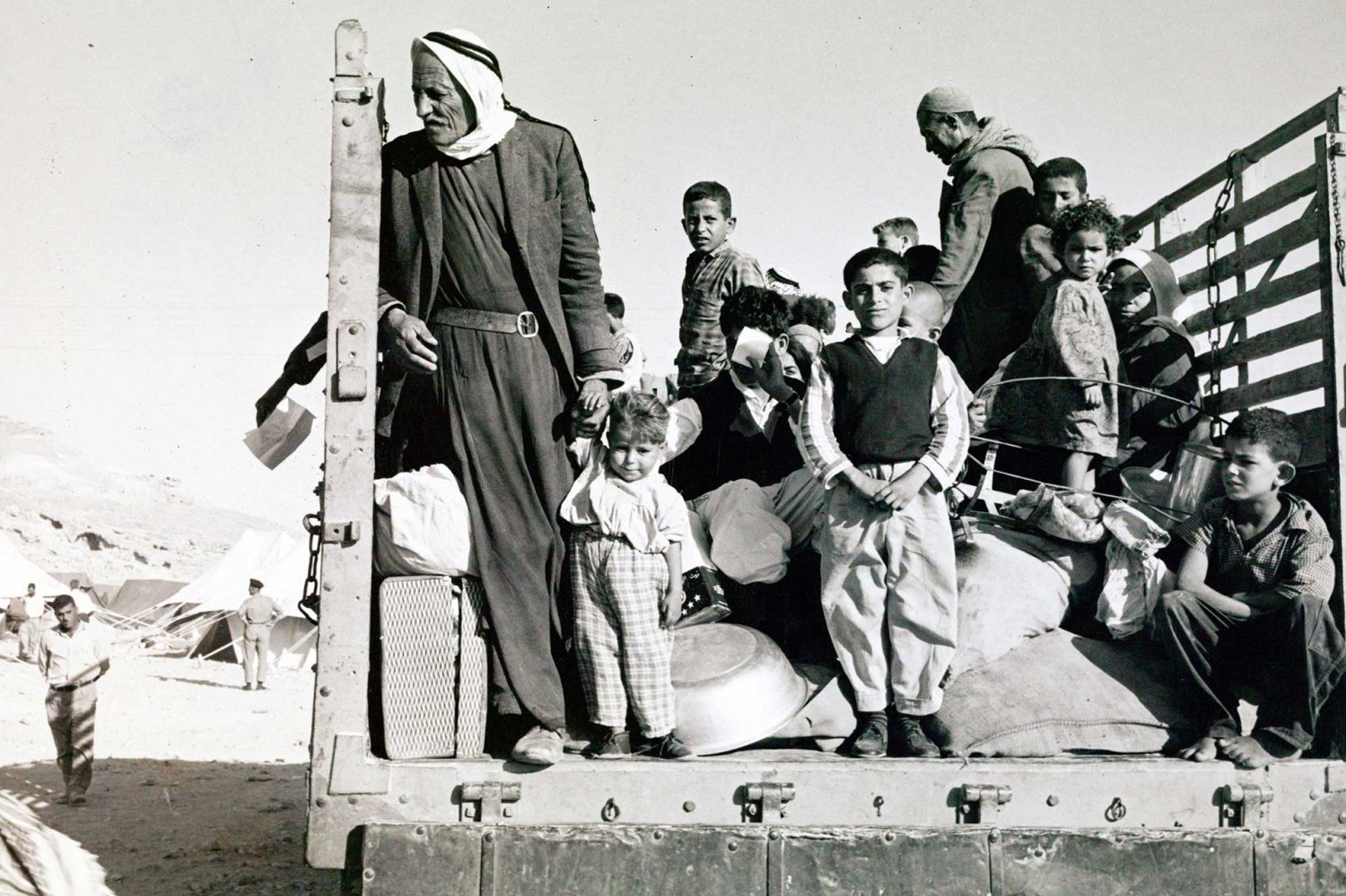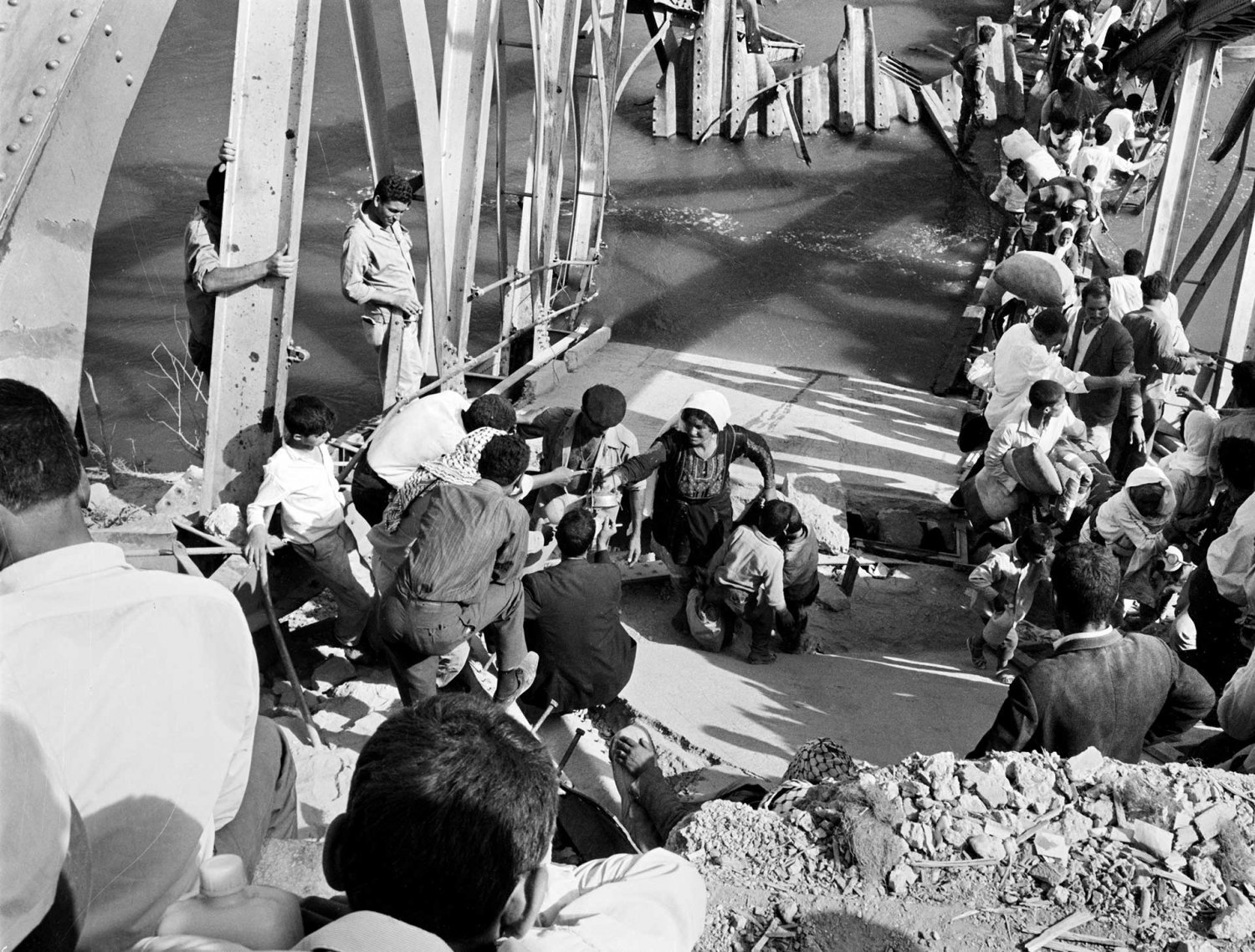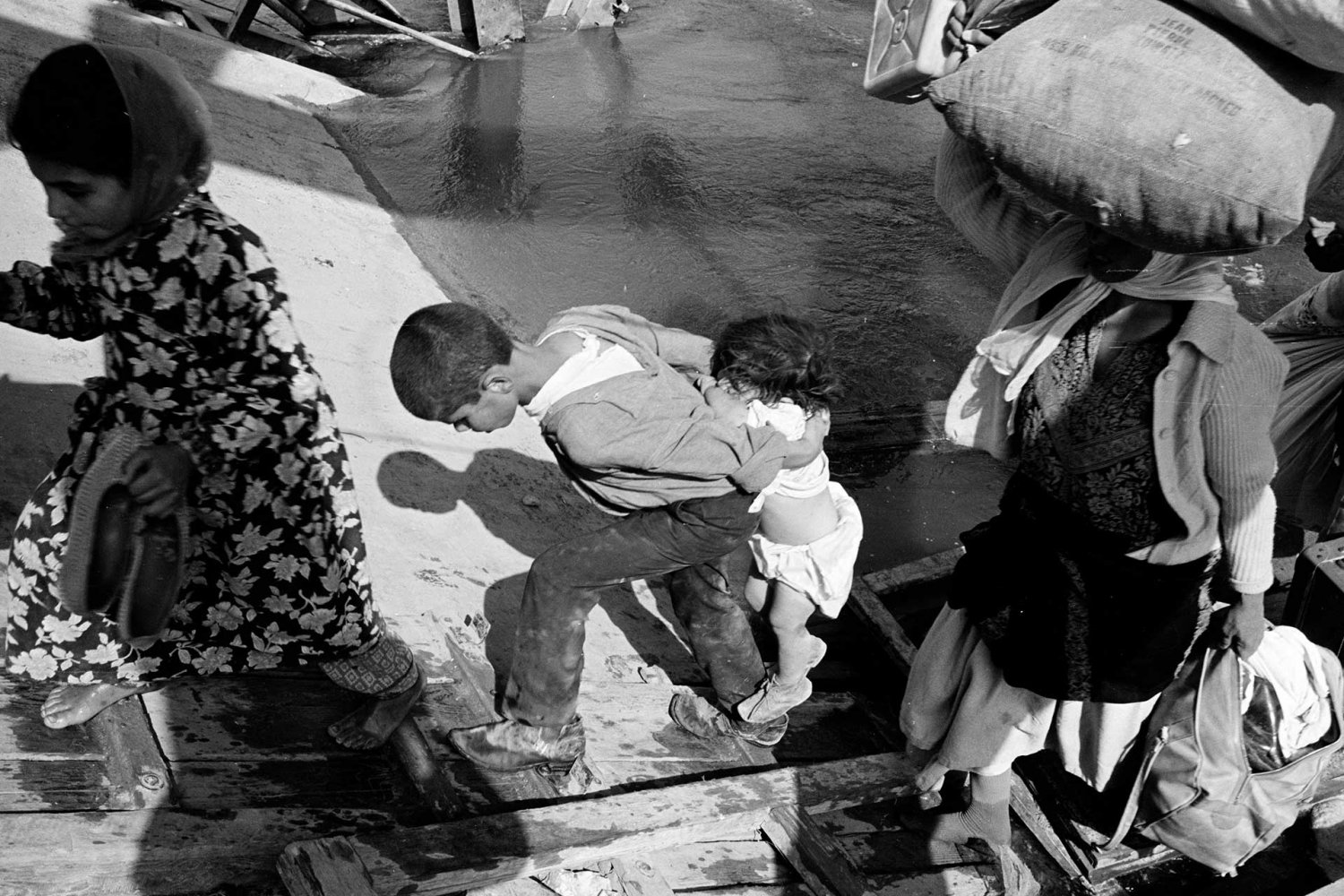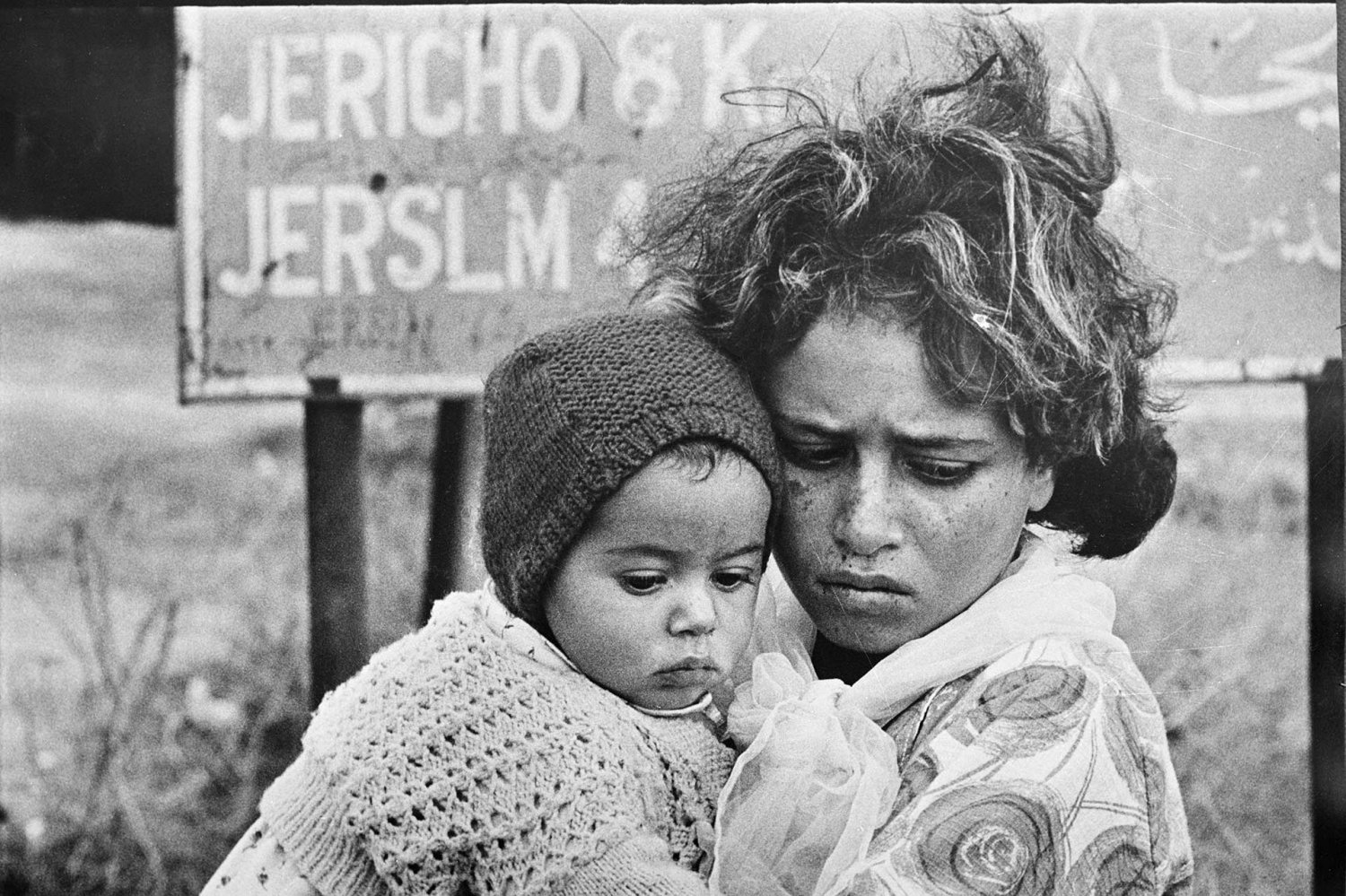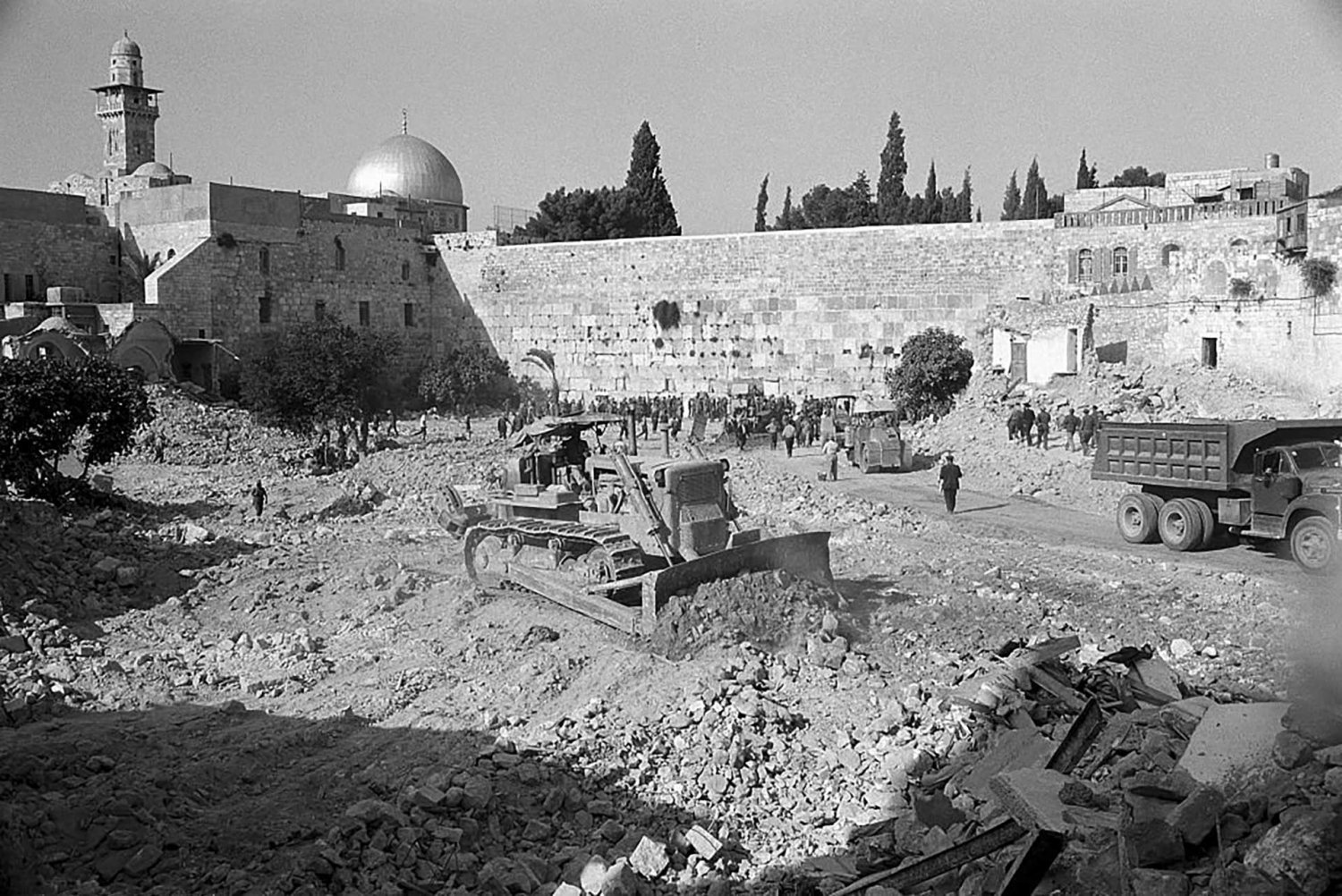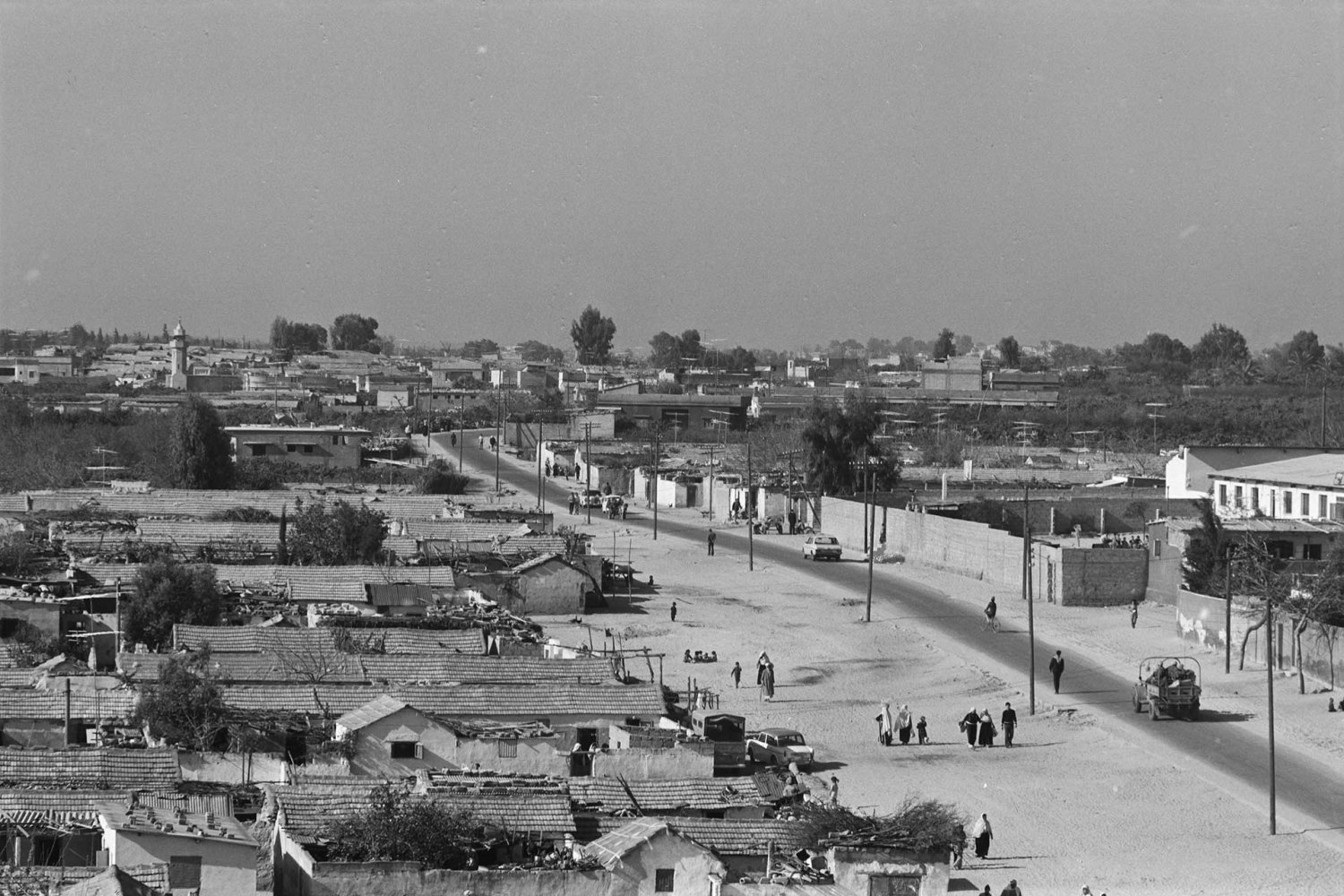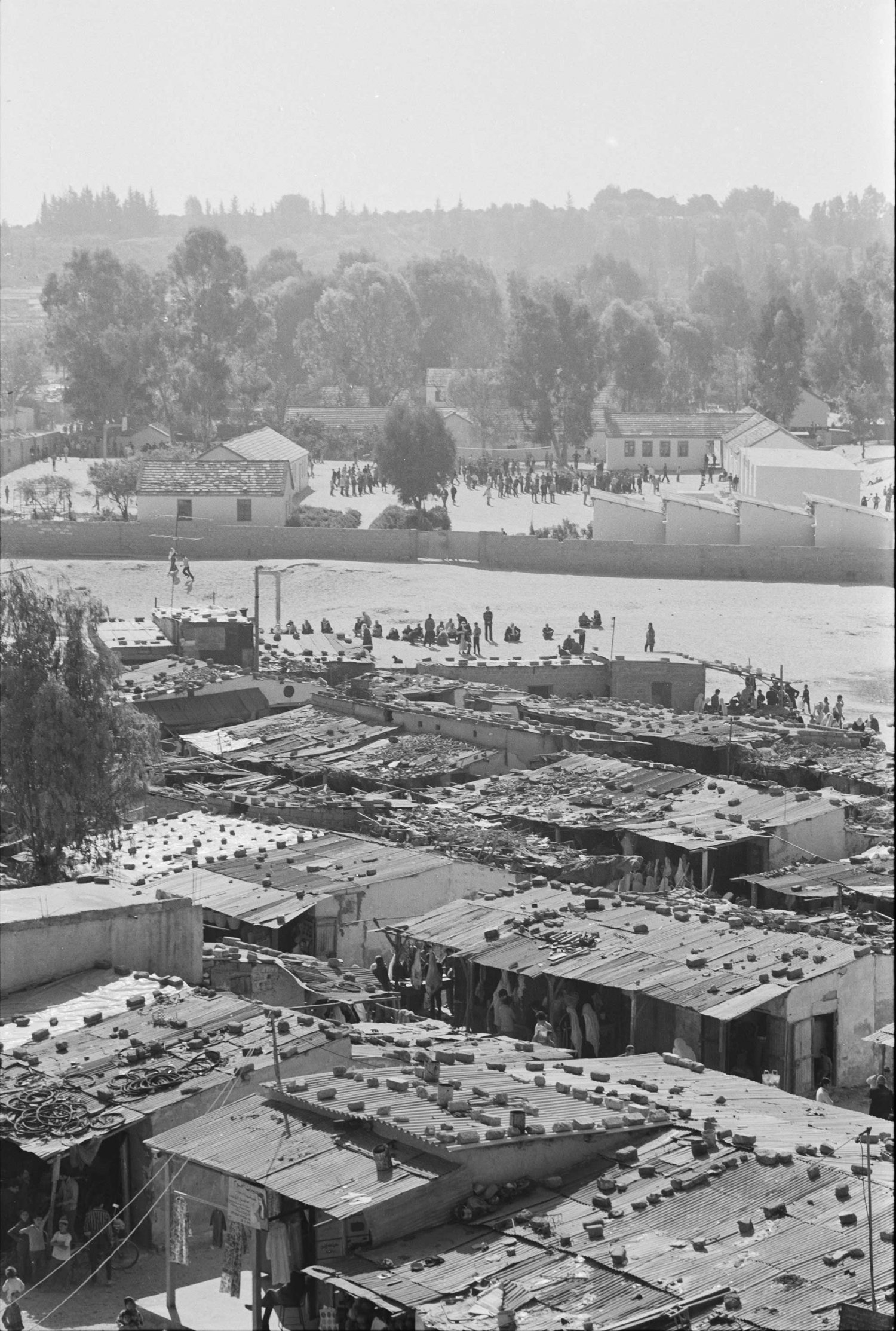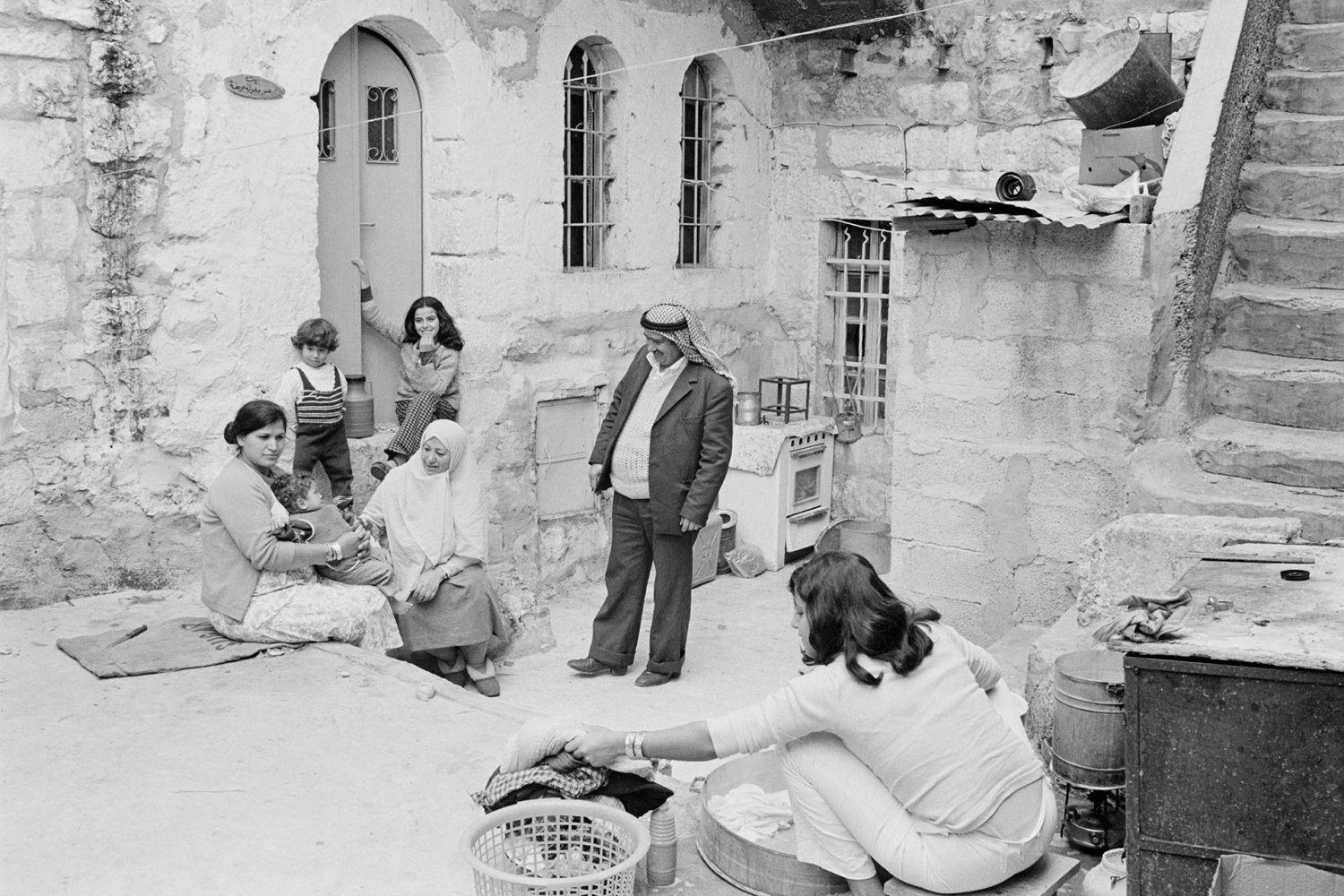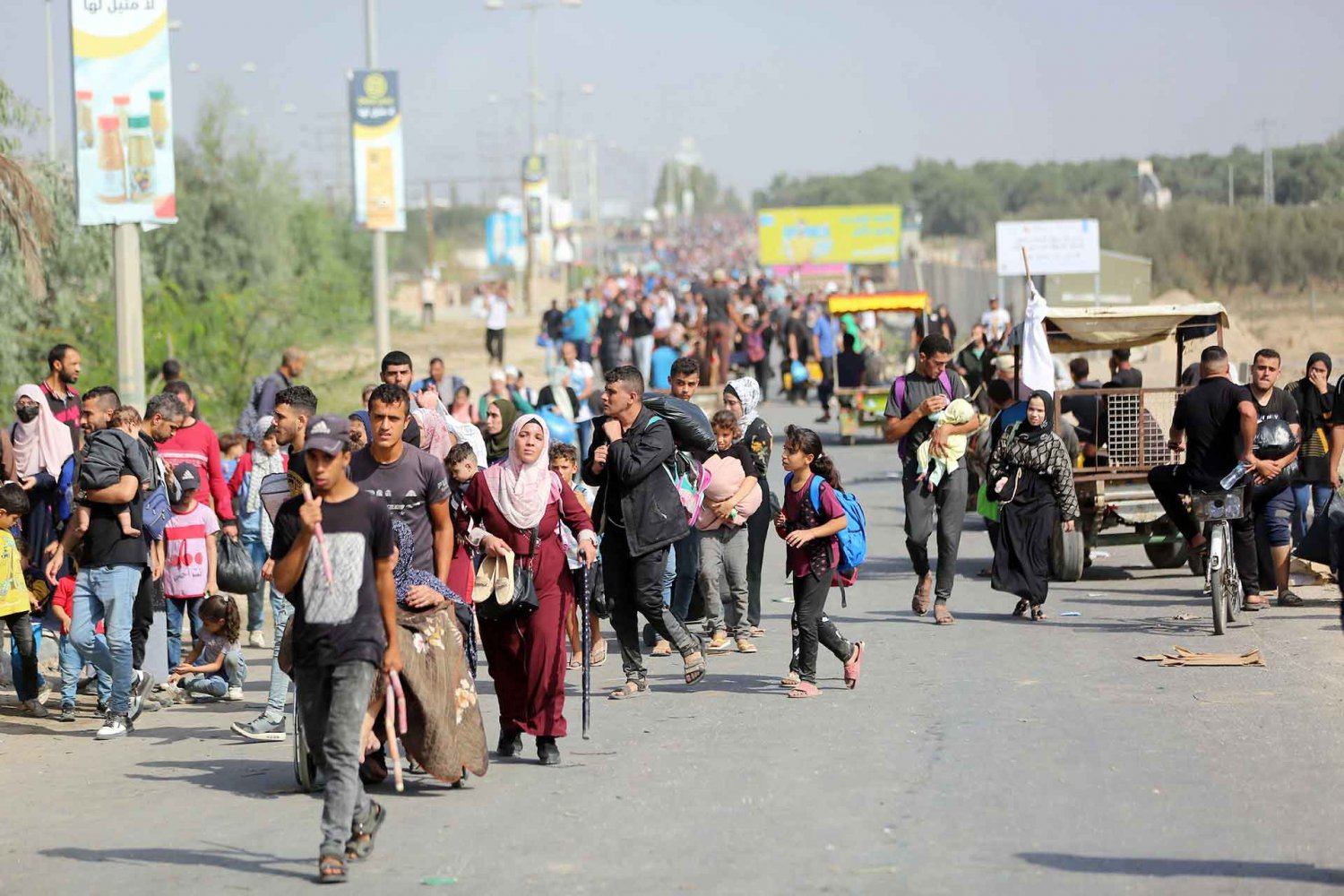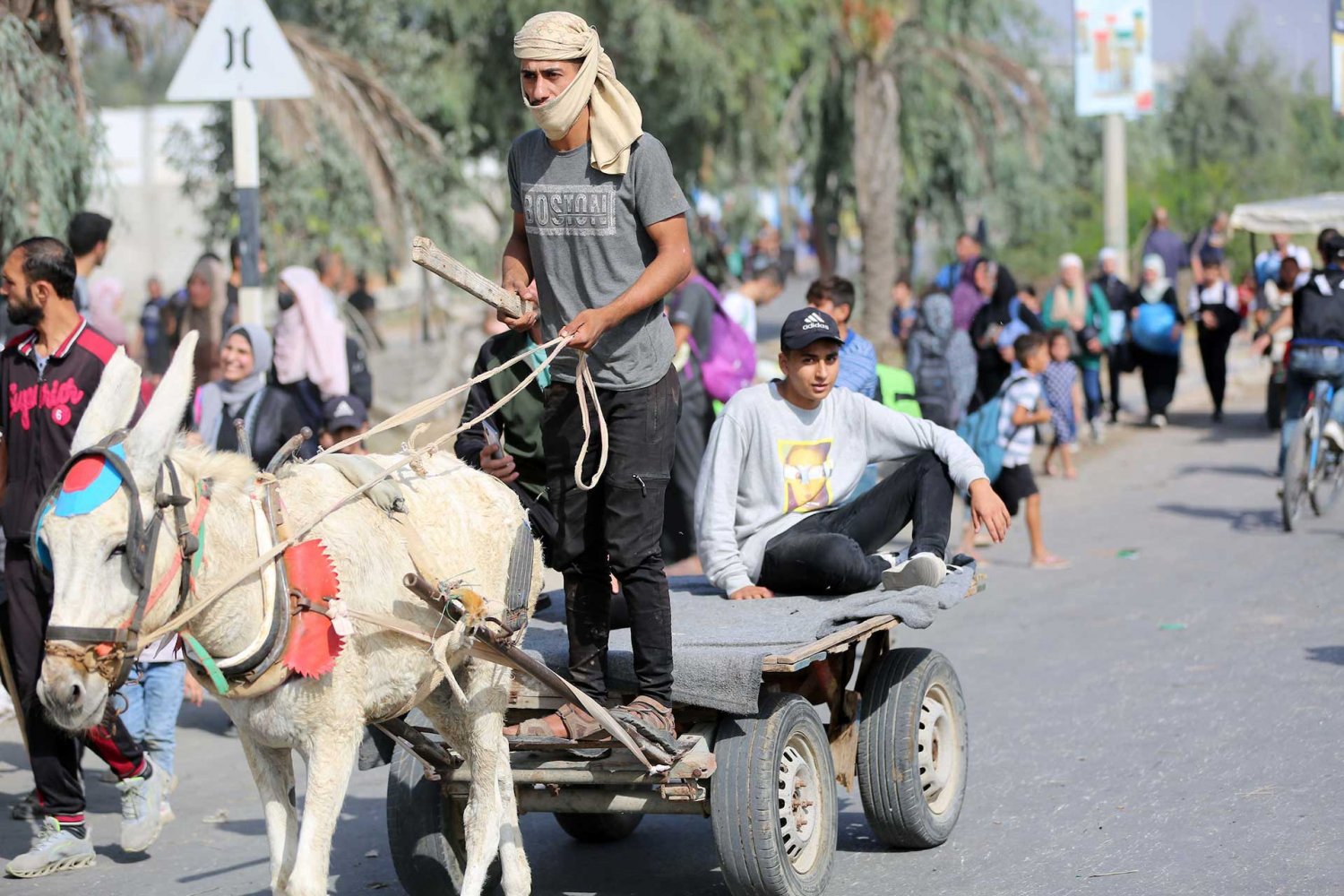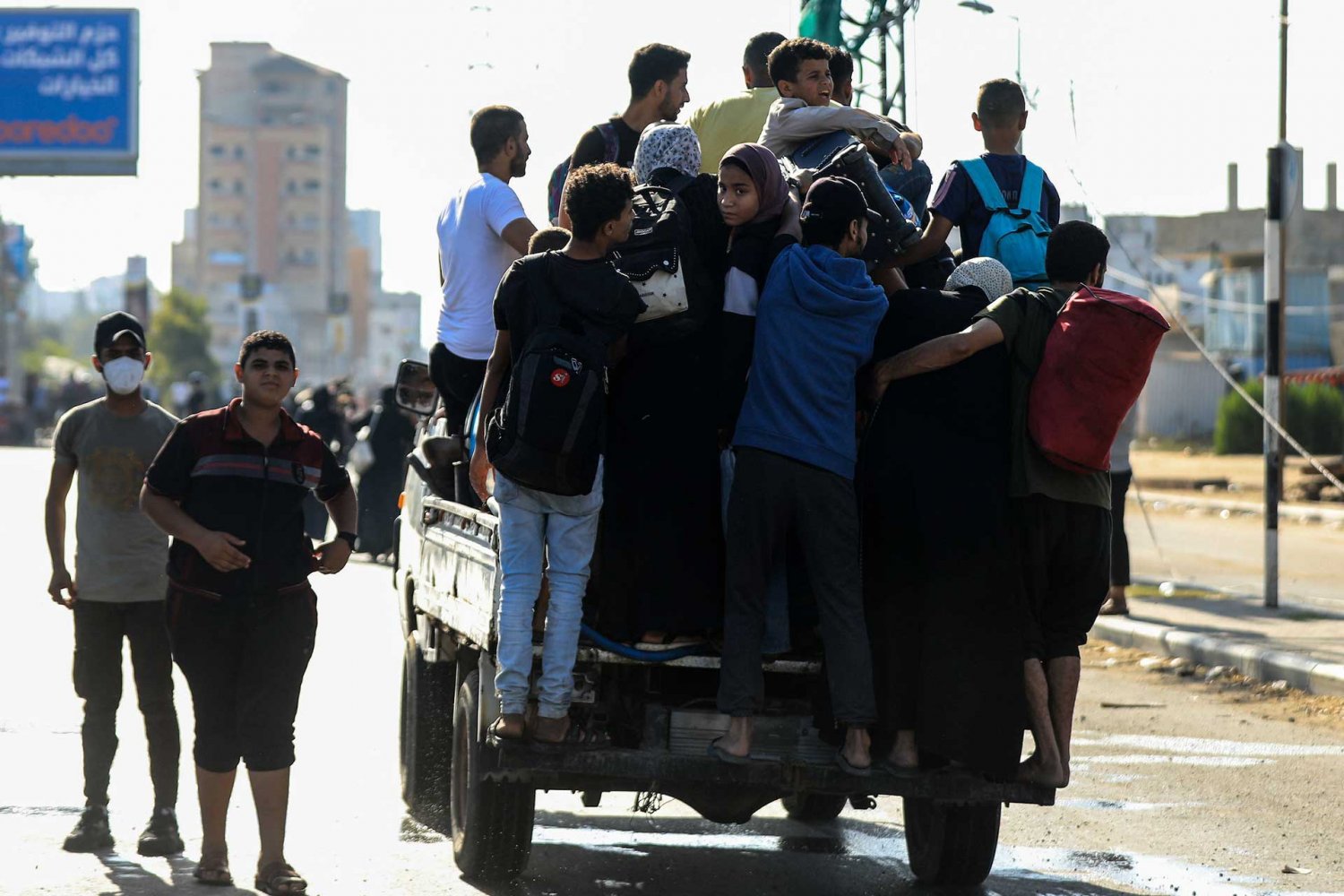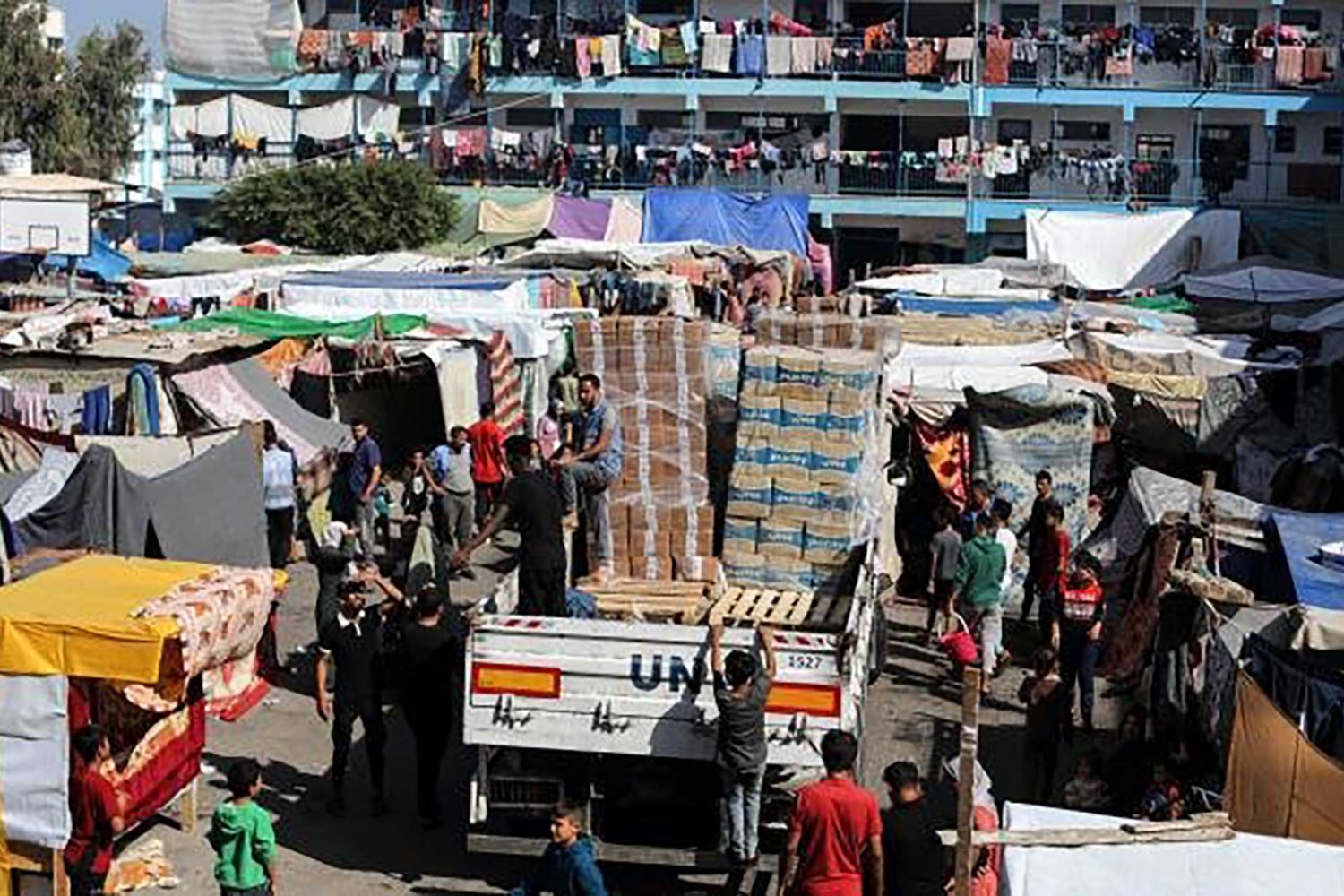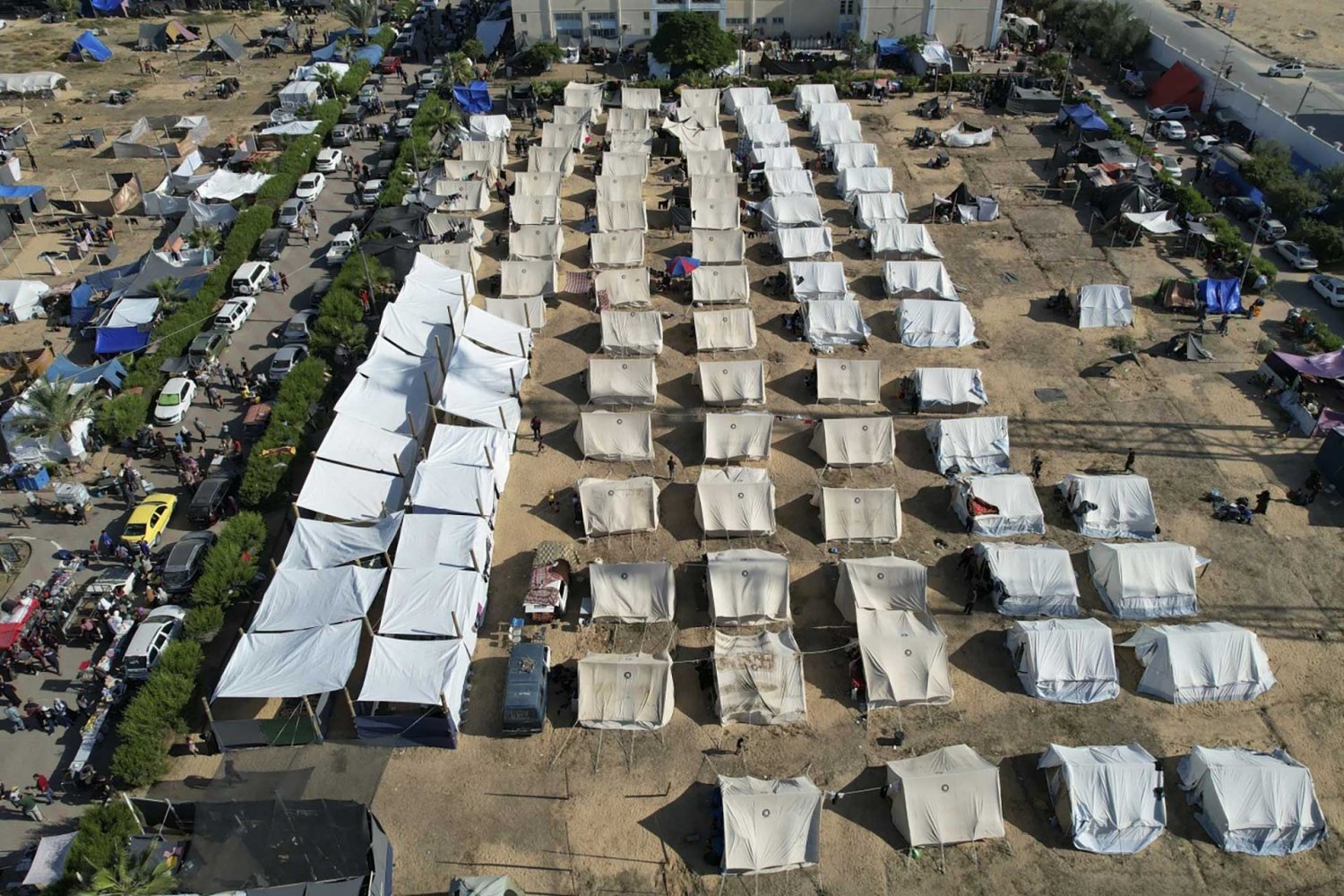For decades, Palestinian history has been marked by ongoing Zionist militia and Israeli state violence and periodic episodes of expulsion and forcible displacement, both collective and individual. Whether in the diaspora or within historic Palestine, Palestinians have been living in a perpetual state of turmoil, dictated not only by warfare and settler violence, but also by subtler forms of violence: segregation, cultural erasure, systemic discrimination, and de-development.
In 1948, the first major wave of expulsion and displacement in Palestine, known as the Nakba, took place. With the establishment of Israel, about 750,000 Palestinians1 were forced to flee their homes, resulting in a mass exodus and the depopulation of 418 Palestinian towns and villages.2
One outcome of the 1948 War was the division of Jerusalem into an “East” and “West.” Before the war, Jerusalem’s Palestinians built and developed the New City (what is now Jewish West Jerusalem) and lived side by side with Jews and others. During the Nakba, around 45,000 Jerusalemites were forced to leave the western part of the city or left (temporarily, they thought) when the violence made their neighborhoods unsafe;3 that part of the city eventually fell under Israeli rule.
This fate was not limited to city dwellers: Around 28,000 inhabitants were expelled from more than 40 villages around Jerusalem, especially to its west, including ‘Ayn Karim, Beit Mahsir, Deir Aban, and Lifta.4 More than half of the depopulated villages (55 percent) were completely destroyed, while in the remaining villages, the homes and structures were used to resettle Jewish migrants.5 Many ended up in Jordanian-controlled East Jerusalem, in the Old City and elsewhere, crammed into relatives’ homes and any space they could find.
Israel quickly set up legal mechanisms to prevent the return and strip them of their citizenship, rendering them stateless refugees.
Subsequent waves of displacement occurred during the 1967 War—the Naksa—when Israel captured the West Bank (including East Jerusalem), the Gaza Strip, and the Syrian Golan Heights. More than 300,000 Palestinians were displaced from their homes, some for a second time, and forced to live as refugees once again.
When Israel gained control of East Jerusalem, it developed policies to Judaize the city and to erase evidence of its (non-Jewish) history. It began by demolishing and ethnically cleansing the Moroccan Quarter (Haret al-Maghariba), which had been home to a population of multi-confessional Maghrebis, both Jewish and Muslim, since the 12th century, leaving the neighborhood’s 650 residents homeless. In two days, eight centuries of Jerusalem’s history had been reduced to dust.
In the years that followed, Israel moved to expropriate privately owned land within the newly expanded municipal boundaries of Jerusalem and reduced the Palestinian presence by transferring properties to settler organizations (mainly through the Absentees’ Property Law).
In recent years, Israel has made continuous attempts to empty East Jerusalem of its Palestinian residents, in violation of international law. In May 2021, a Supreme Court ruling on the forcible expulsion of several Palestinian families from the East Jerusalem neighborhood of Sheikh Jarrah sparked a wave of protests and confrontations between Palestinians and Israeli forces that spread across the rest of the West Bank and Gaza. The targeted families had been living in the Jerusalem suburb since 1956 following their forcible displacement from their homes in 1948.
This cycle of repeated forcible displacement perpetuated by Israel is still unfolding in real time. Palestinians across the West Bank, including East Jerusalem, face accelerated ethnic cleansing through legal maneuvers and policy schemes, not to mention unchecked state-backed settler violence and military aggression. Most recently, during Israel’s genocidal war on Gaza, which even Israelis describe as a “second Nakba,” about 85 percent of Gaza’s 2.3 million Palestinians have been newly displaced.6 The vast majority were already refugees at least once—from 19487—if not multiple times, from the previous Gaza wars of 2005–6, 2008–9, 2012, 2014, and 2021.

